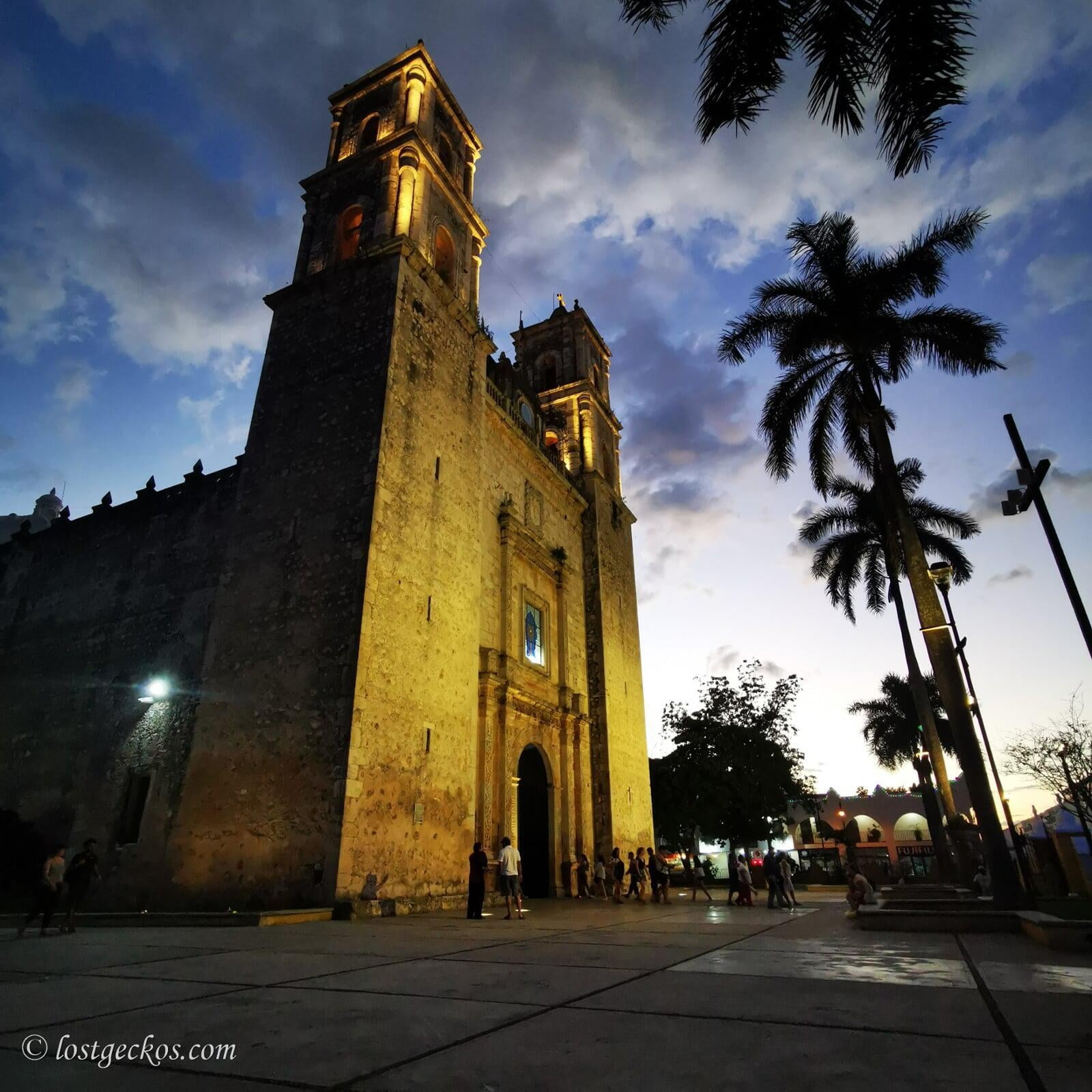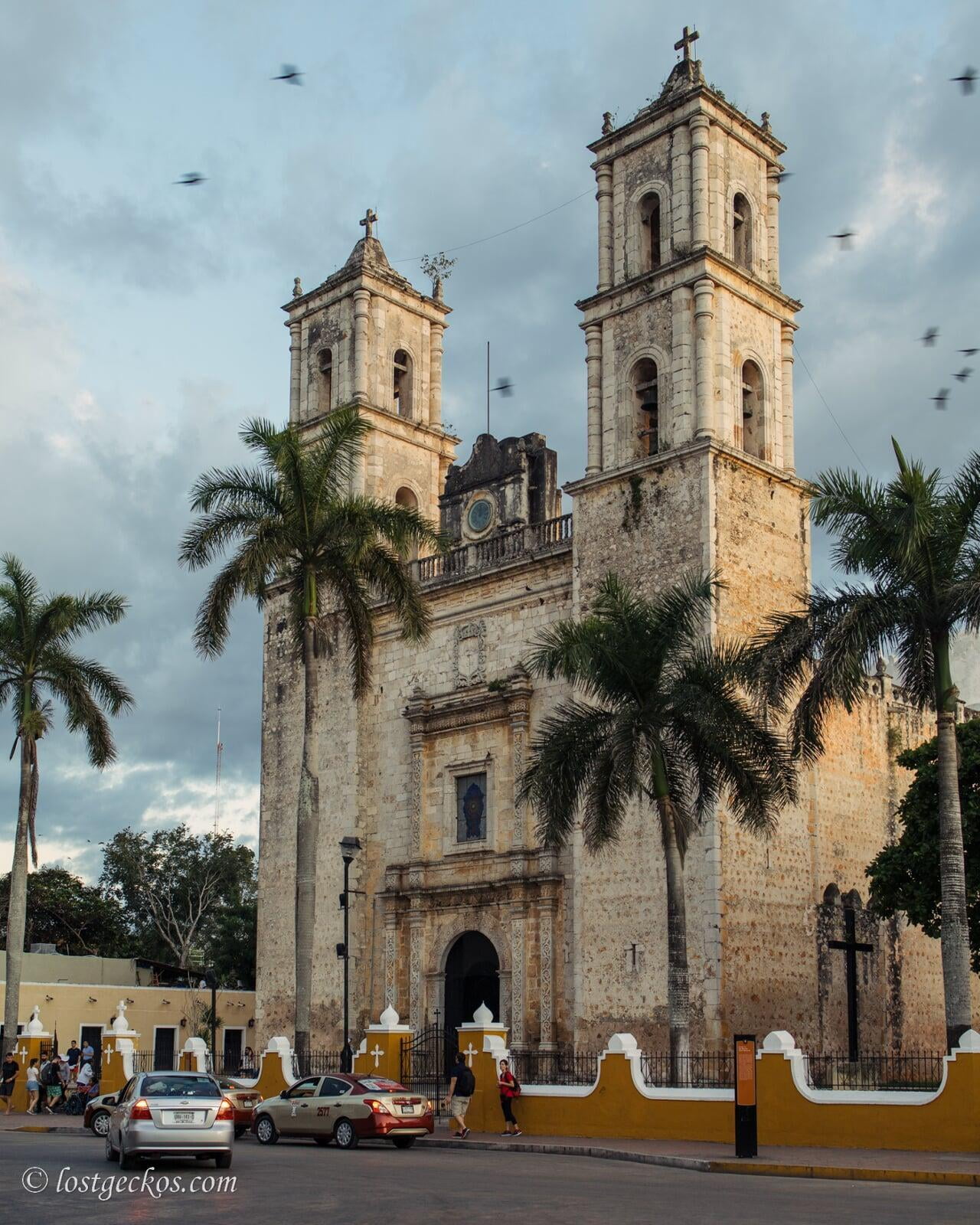Looking back at when life was a simpler time (read: about three months ago), I realized I’ve been making false promises to myself all my life on how I would do things differently if I have been given enough time. Like, I would finish my craft projects, write all our travels, and fold the laundry. Yours truly did underestimate her OCP disorder (Obsessive Compulsive Procrastinating a.k.a lazy).
Fast forward three million days of quarantine due to COVID-19, nothing is done. But tonight I made a promise that I’d write down our trip to Valladolid. Why? It is with some embarrassment that I tell you that at first I was not convinced of making Valladolid as one of our home bases while visiting the Yucatan region, simply because it is not by the beach. Manic thalassophile alert.
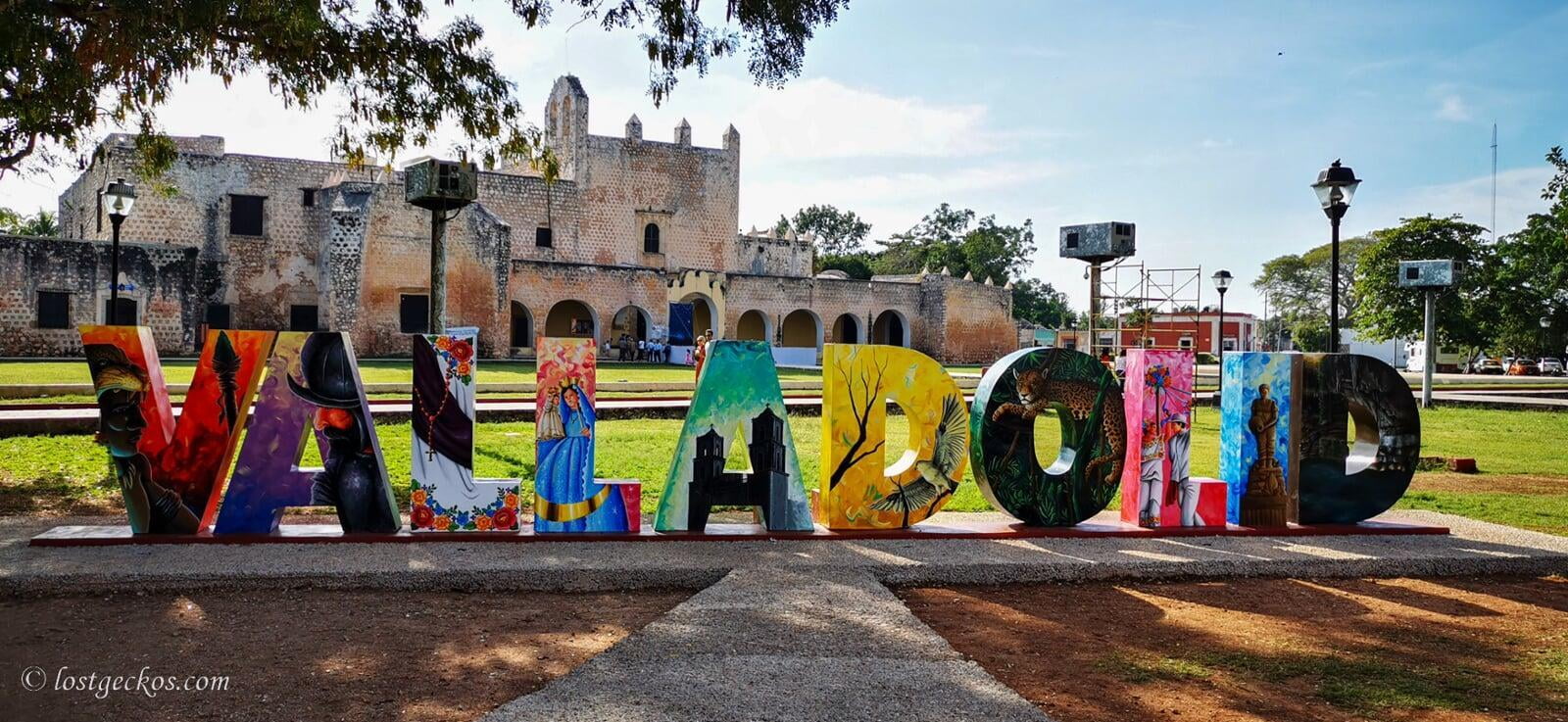
Valladolid is a charming little town with some heavy colonial influence and local culture. It has a long interesting history about the Mayan and the Spanish conquistador. It’s a typical laid-back Mexican city with Spanish colonial buildings, beautiful churches, and a vibrant atmosphere around the town square. Just like what i’ve expected. But what I didn’t expect that:
The city offers free walking tour with a local guide every evening
We found the service by accident while checking out the Information Center at the City Hall on the main plaza. The city offers a free walking guided-tour every evening at around 7 PM, and it starts at the City Hall and ends at the San Bernardino convent at Sisal neighbourhood.
Valladolid is very easy on the eyes but when you know more about its past and history, you’ll definitely look at it in a different way. This free guided tour tells you all the important stuff that has shaped Valladolid into what it is nowadays. Our guide was very knowledgeable and very proud of his roots, he was very entertaining too. He told us all there’s to know about Valladolid; the landmarks such as the convent San Bernardino, the cathedral San Servacio, the food, etc.

The city has a chocolate museum!
First of all, why is nobody talking about the Choco Story chocolate museum in Valladolid?? Cheesus, savages! This museum is another gem of the city that we found out about accidentally. It is a perfect place to understand the importance of chocolate in the Mayan culture and its development throughout the generations.
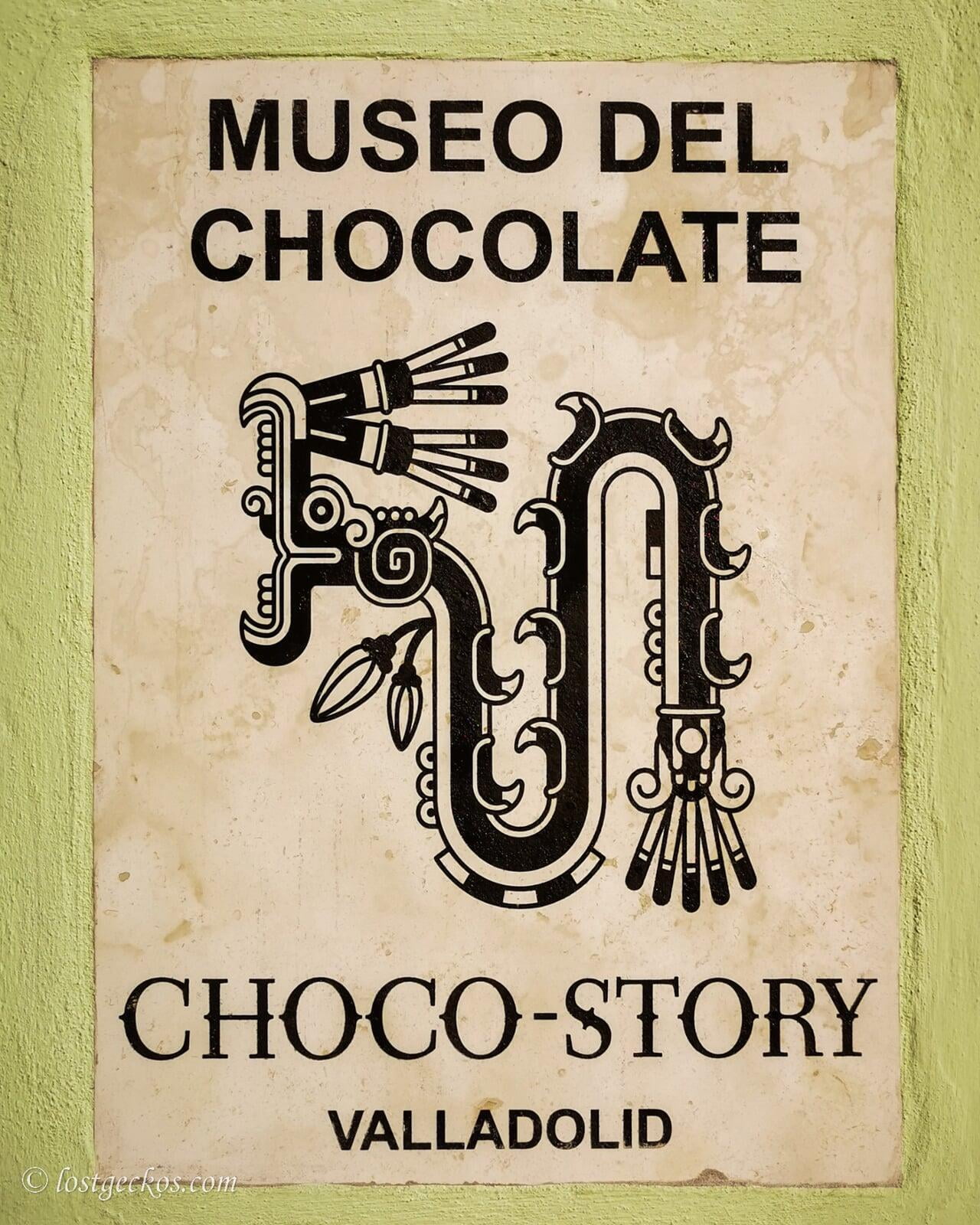
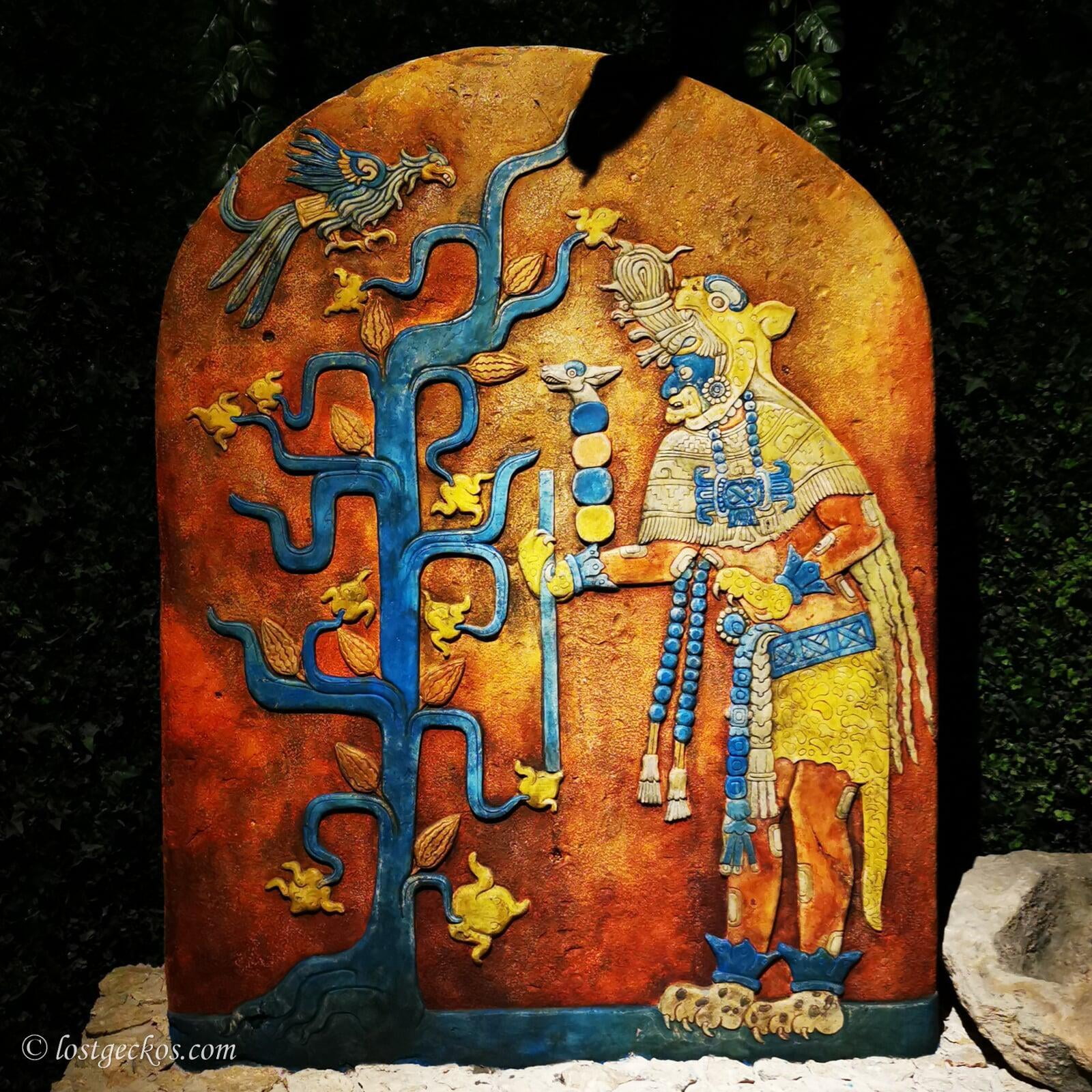
The main square is the hub for street food and local dance
As any other Spanish colonial influenced city, Valladolid also has a main square at the city center for everyone to socialize and gather outdoors. I swear to you, the Valladolid main square was the most entertaining main square in our whole Yucatan trip! The square is filled with food vendors to local artisans vendors, and in the evening, young traditional dancers will provide cultural attractions by dancing in their festive traditional costumes. We’ve never experienced anything like this before! Locals and tourists mingled together, all in good spirits to enjoy the evening.
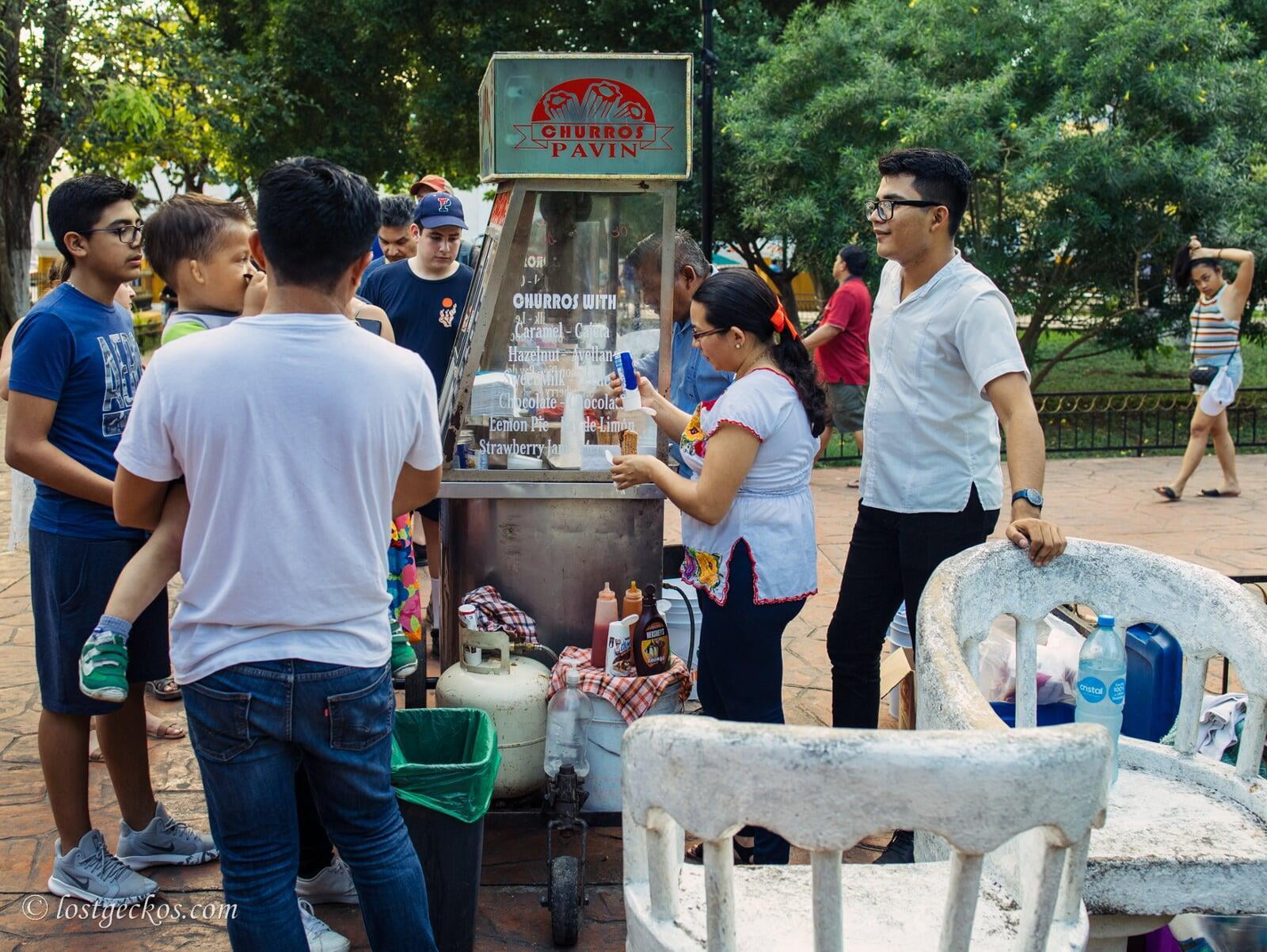

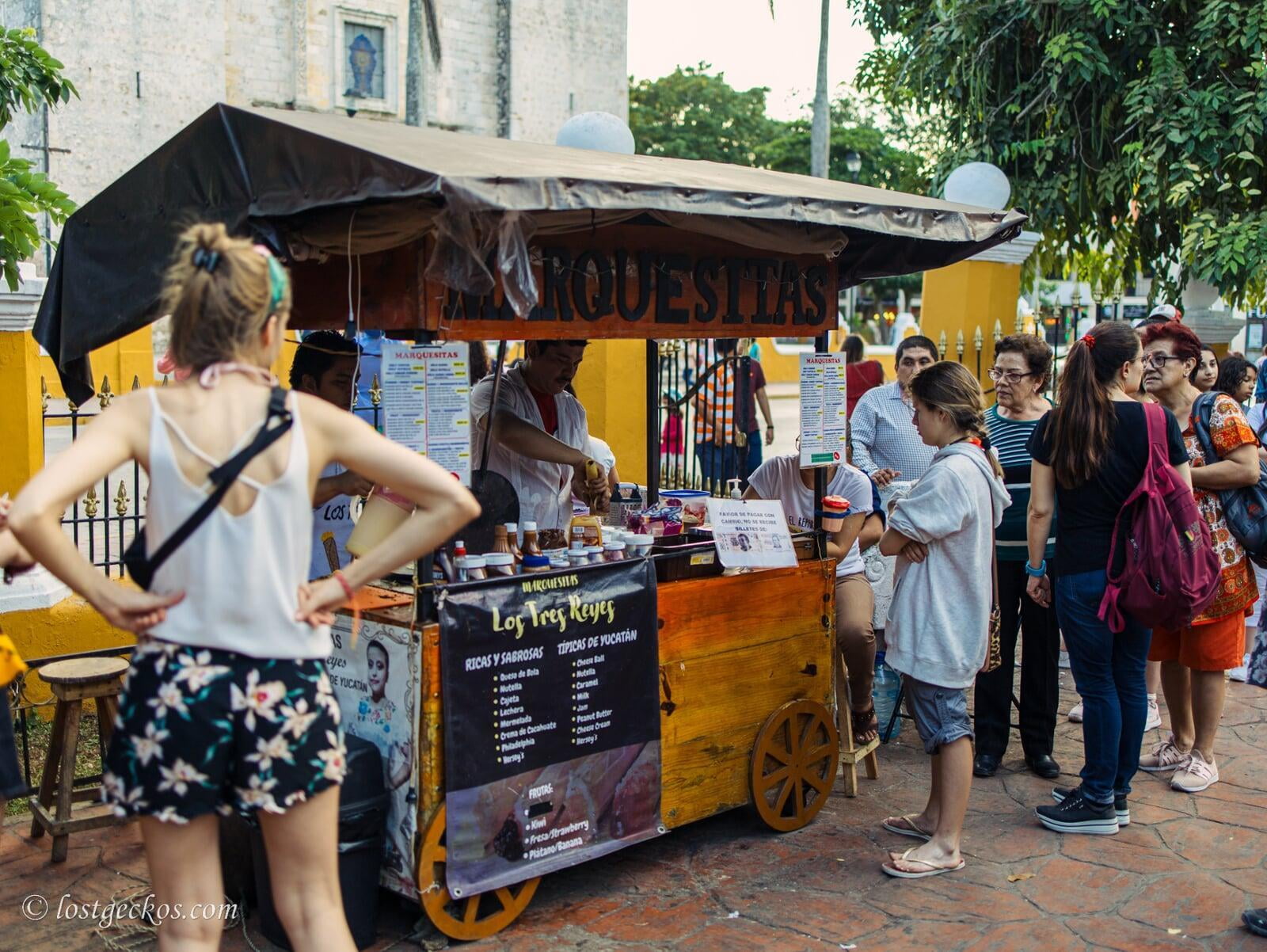
Ex-Convent San Bernardino de Siena has a sacred cenote
The monastery is the second most famous colonial building in Valladolid after the cathedral. Although it is not as cute as the one in Izamal, this monastery also has its own charm and history. It was built in the 1500 and served as a convent and as a fortress. Inside this walled monastery, there’s a cenote with a vaulted dome over it and a system of channels that once irrigated the large garden. The cenote was once used to drown all war-related items from swords to horses as a symbol of the monastery against the war between the locals and the Spanish conquistador. Divers have been sent to dig the remnants of the war that were thrown into the cenote. There’s a museum inside the monastery that displays everything they dug out from the cenote.
These days, the city provides an impressive sound-and-light show on the outside of the monastery, illuminating the walls of the monastery, creating a fascinating luminous history of the building.
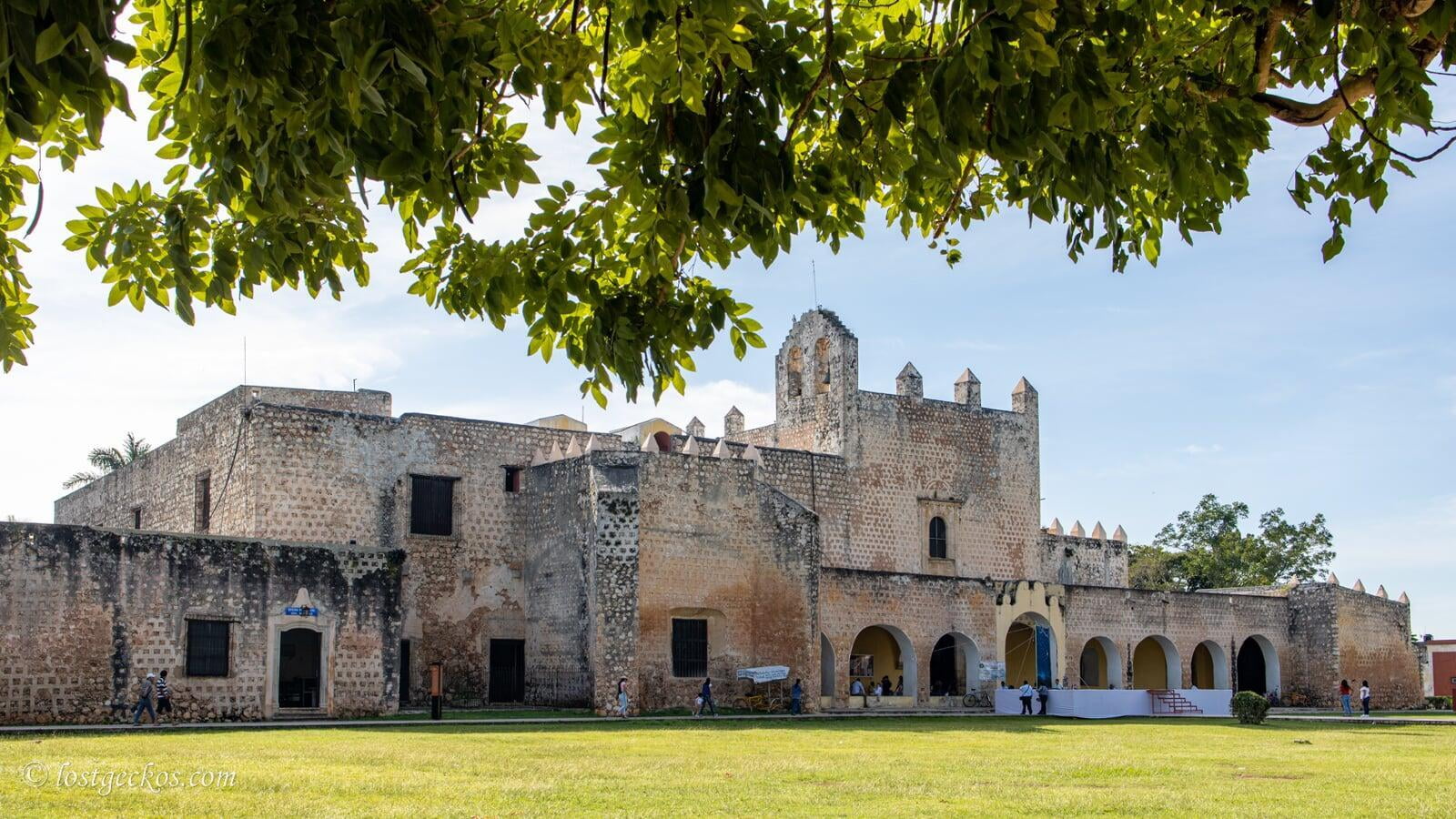



41A or Calzada de Los Frailes is the coolest alley in town
We stayed at the calle 41A or Calzada de Los Frailes without even knowing beforehand that this alley is where the most hip boutiques, cafes, restaurants line up side by side in Valladolid. It is the most colorful main alley between the cathedral and the monastery. The colorful colonial buildings and that cobblestone made a cute combination.




Iglesia de San Servacio
Okay, this church is probably the most famous and photographed landmark of Valladolid, and we can clearly see why. I mean come on, look how charming it is!
What we discovered later during the walking tour was that this church has a history so violent that made this church considered as tainted. After the restoration, the church is given a new orientation of the altar to prevent it from having the same position when it was tainted, thus making it the only church in Yucatan that is not facing toward Rome.
